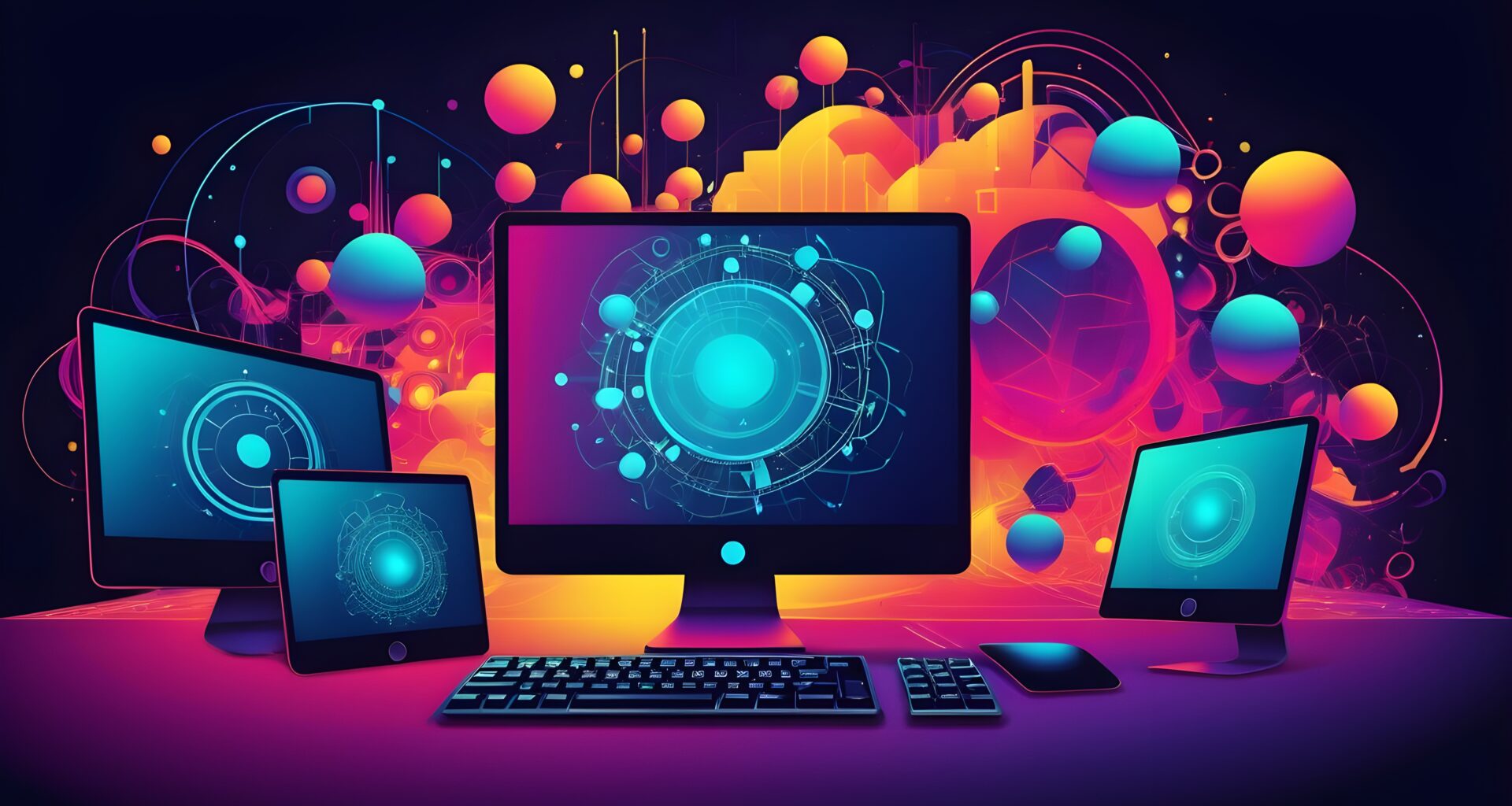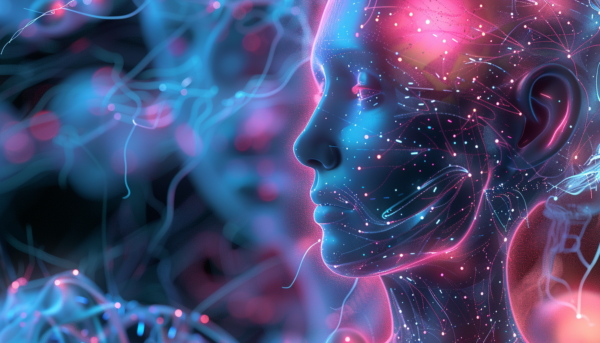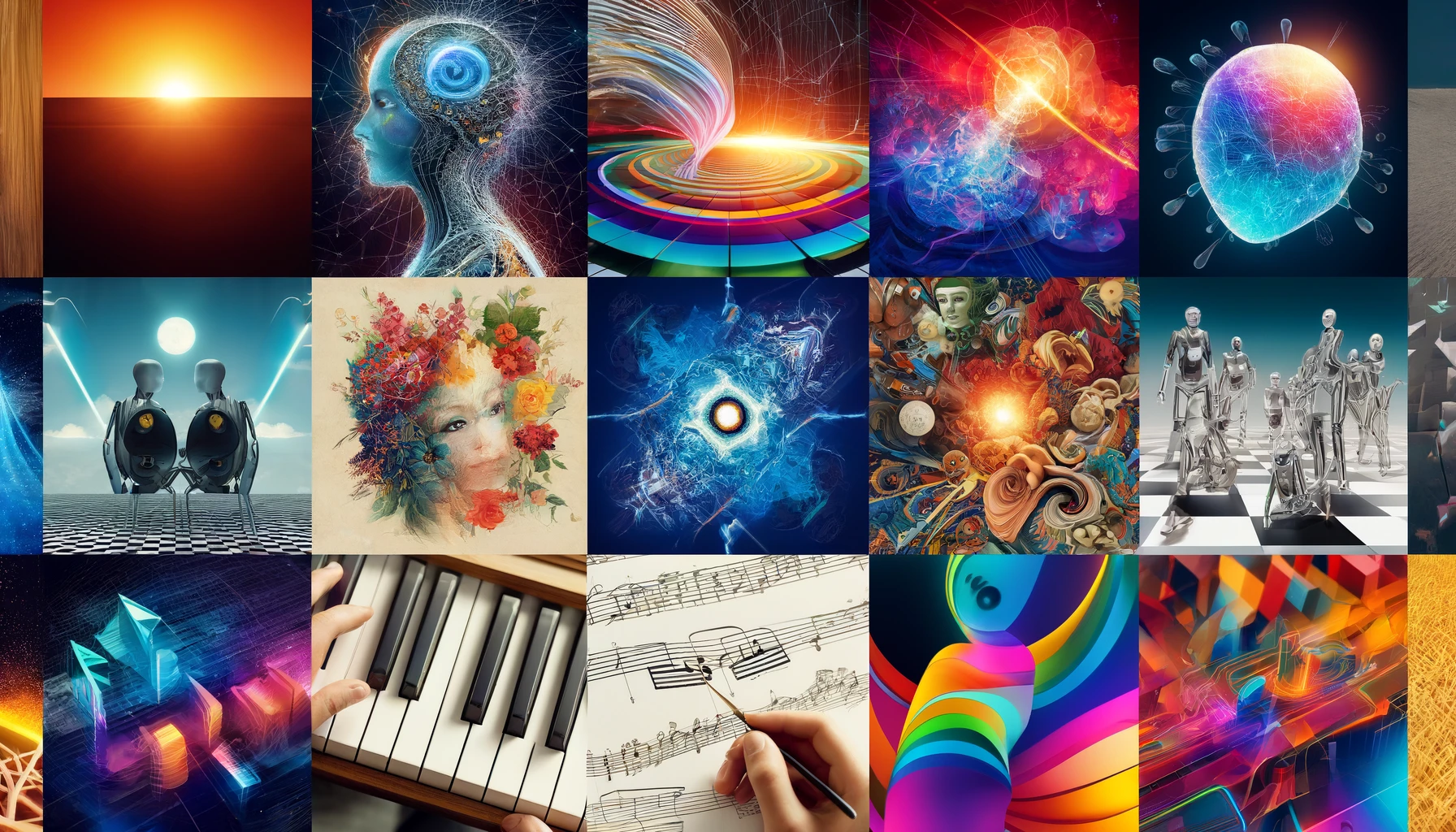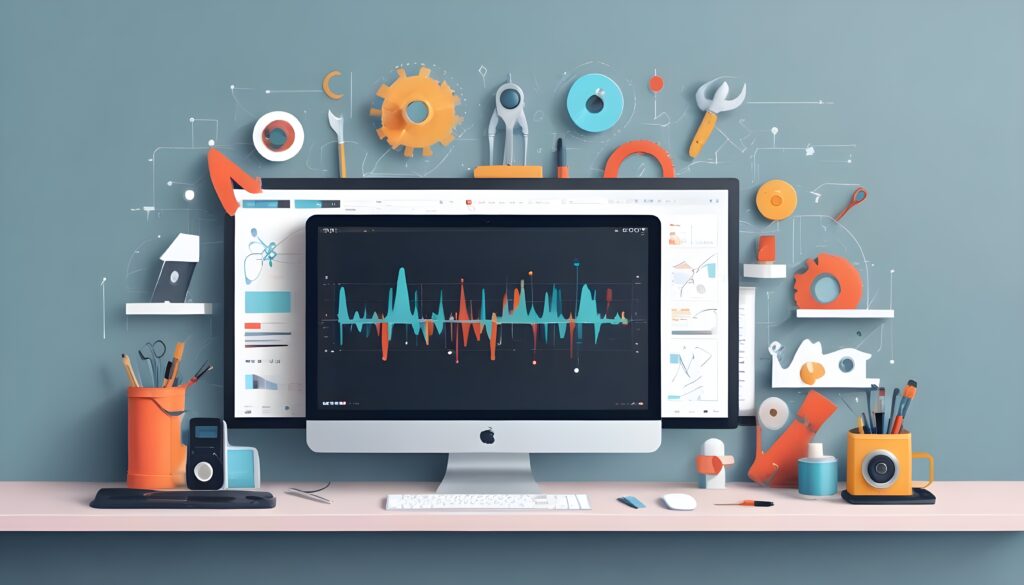
The landscape of design tools is rapidly evolving, driven by advancements in technology, changing user needs, and the integration of artificial intelligence (AI). This analysis explores the future of design tools, examining key trends, emerging technologies, and their potential impact on various industries. As design tools become more sophisticated and accessible, they are set to transform how designers work, collaborate, and create.
Technological Advancements Shaping Design Tools
Artificial Intelligence and Machine Learning
AI and machine learning are at the forefront of transforming design tools. These technologies enable tools to understand design patterns, predict user preferences, and automate repetitive tasks. Future design tools will leverage AI to provide intelligent suggestions, enhance creativity, and improve efficiency. For instance, AI can generate multiple design variations based on a single input, allowing designers to explore a wider range of possibilities.
Augmented Reality (AR) and Virtual Reality (VR)
AR and VR are revolutionizing the way designers visualize and interact with their creations. These immersive technologies allow designers to create and manipulate 3D models in real-time, providing a more intuitive and engaging design process.
Cloud Computing and Collaboration
Cloud-based design tools facilitate real-time collaboration, enabling teams to work together seamlessly regardless of their physical location. As remote work becomes more prevalent, the demand for cloud-based solutions will continue to grow. Future design tools will offer enhanced collaboration features, such as real-time editing, version control, and integrated communication channels, making it easier for teams to collaborate and share feedback.
Key Trends in the Future of Design Tools
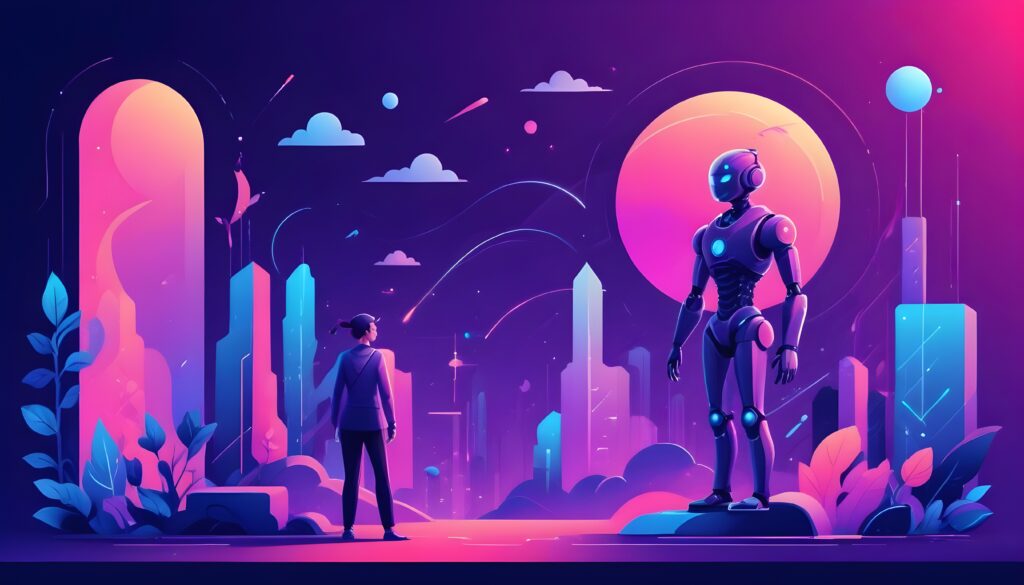
Increased Accessibility and User-Friendly Interfaces
Design tools are becoming more accessible to a broader audience, including non-designers. User-friendly interfaces and simplified workflows make it easier for individuals with little to no design experience to create professional-quality designs. This democratization of design tools will empower more people to bring their ideas to life, fostering creativity and innovation across various fields.
Integration with Other Software and Platforms
Future design tools will offer seamless integration with other software and platforms, enhancing productivity and streamlining workflows.
Personalized Design Experiences
With the help of AI, future design tools will offer personalized experiences tailored to individual users’ preferences and working styles. These tools will learn from users’ past behaviors and provide customized suggestions, templates, and resources, making the design process more intuitive and efficient.
Impact on Various Industries
Graphic Design and Branding
The graphic design industry will benefit significantly from advancements in design tools. AI-powered tools will automate routine tasks such as resizing images, adjusting layouts, and selecting color palettes, allowing designers to focus on more creative aspects of their work. Additionally, personalized design tools will help brands create more consistent and cohesive visual identities. Here’s some good design tools: https://realityavatar.net/tools
Product Design and Manufacturing
In product design, AR and VR technologies will enable designers to create and test prototypes in virtual environments, reducing the need for physical prototypes and accelerating the development process. Cloud-based collaboration tools will facilitate communication between designers, engineers, and manufacturers, ensuring that designs are accurately translated into final products.
Architecture and Interior Design
Design tools equipped with AR and VR will revolutionize architecture and interior design by allowing designers to create immersive visualizations of spaces. Clients will be able to experience designs in virtual reality, providing a better understanding of the final result and enabling more informed decision-making.
Marketing and Advertising
The marketing and advertising industry will leverage advanced design tools to create more engaging and personalized content. AI-driven tools will help marketers generate tailored visuals and copy for different audience segments, optimizing the impact of their campaigns
Ethical Considerations and Challenges
Addressing Bias in AI-Driven Design Tools
AI-driven design tools are not immune to biases present in their training data. Ensuring that these tools produce fair and unbiased designs will be a critical challenge. Developers must implement measures to identify and mitigate biases, promoting diversity and inclusivity in design outputs.
Ensuring Data Privacy and Security
As design tools become more integrated with cloud services and other platforms, data privacy and security will be paramount. Protecting sensitive design data from unauthorized access and ensuring compliance with data protection regulations will be essential to maintaining user trust and fostering the widespread adoption of these tools.
Future Innovations and Directions
Generative Design
Generative design is an emerging field where AI algorithms create design solutions based on specified criteria and constraints. This approach can lead to innovative and efficient designs that might not be conceivable through traditional methods. Future design tools will incorporate generative design capabilities, enabling designers to explore a vast array of possibilities and optimize their creations for performance, sustainability, and aesthetics.
Voice and Gesture Interfaces
The integration of voice and gesture interfaces in design tools will offer a more natural and intuitive way to interact with software. Designers will be able to control and manipulate design elements using voice commands and hand gestures, enhancing the creative process and making design tools more accessible to individuals with disabilities.
Sustainability and Eco-Friendly Design
Future design tools will place a greater emphasis on sustainability, providing features that help designers create eco-friendly products and solutions. These tools will offer insights into the environmental impact of design choices, enabling designers to make more informed decisions and contribute to a more sustainable future.
